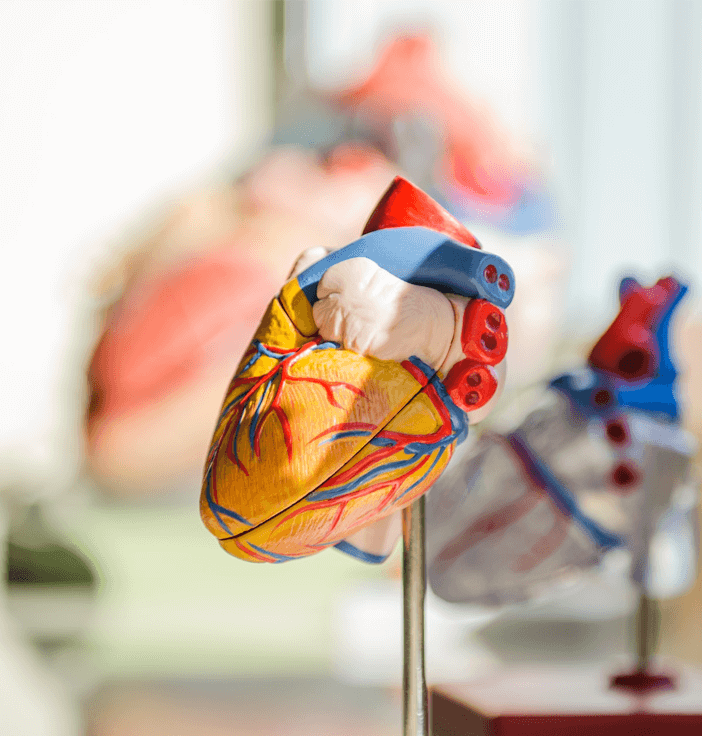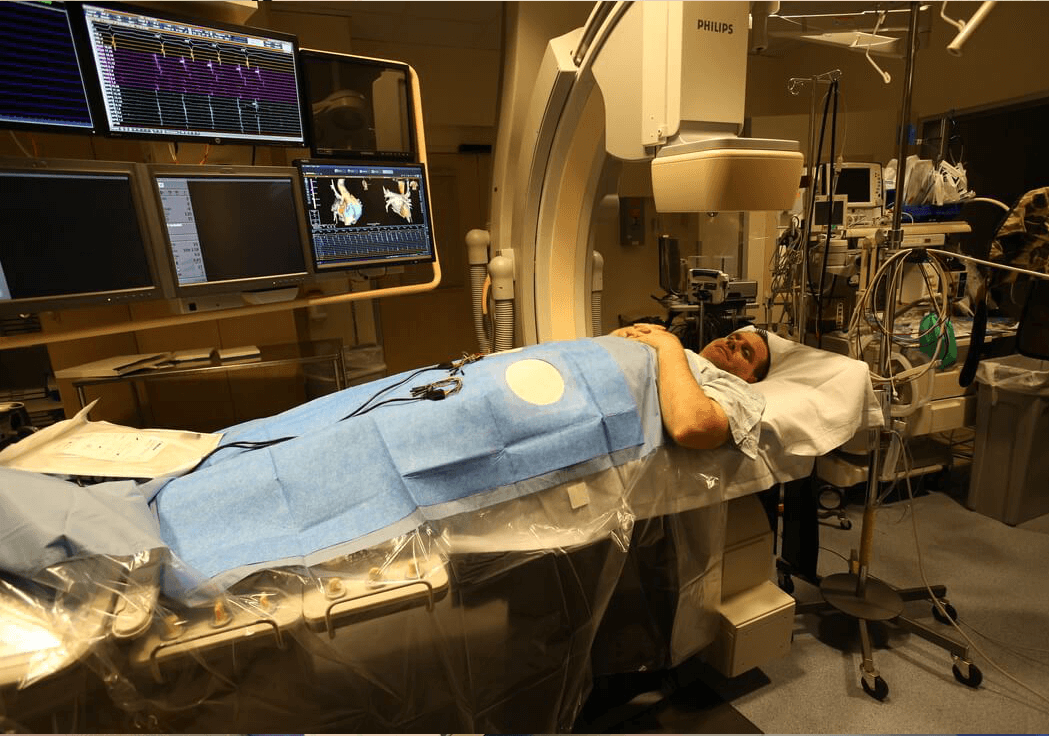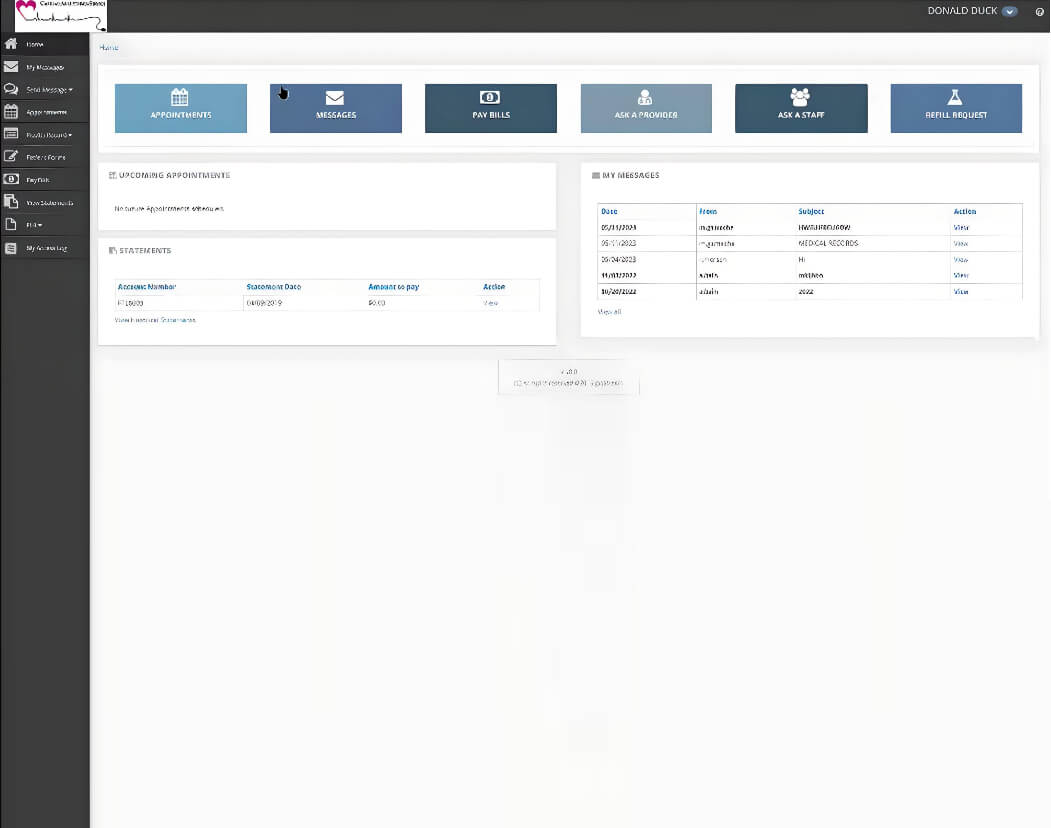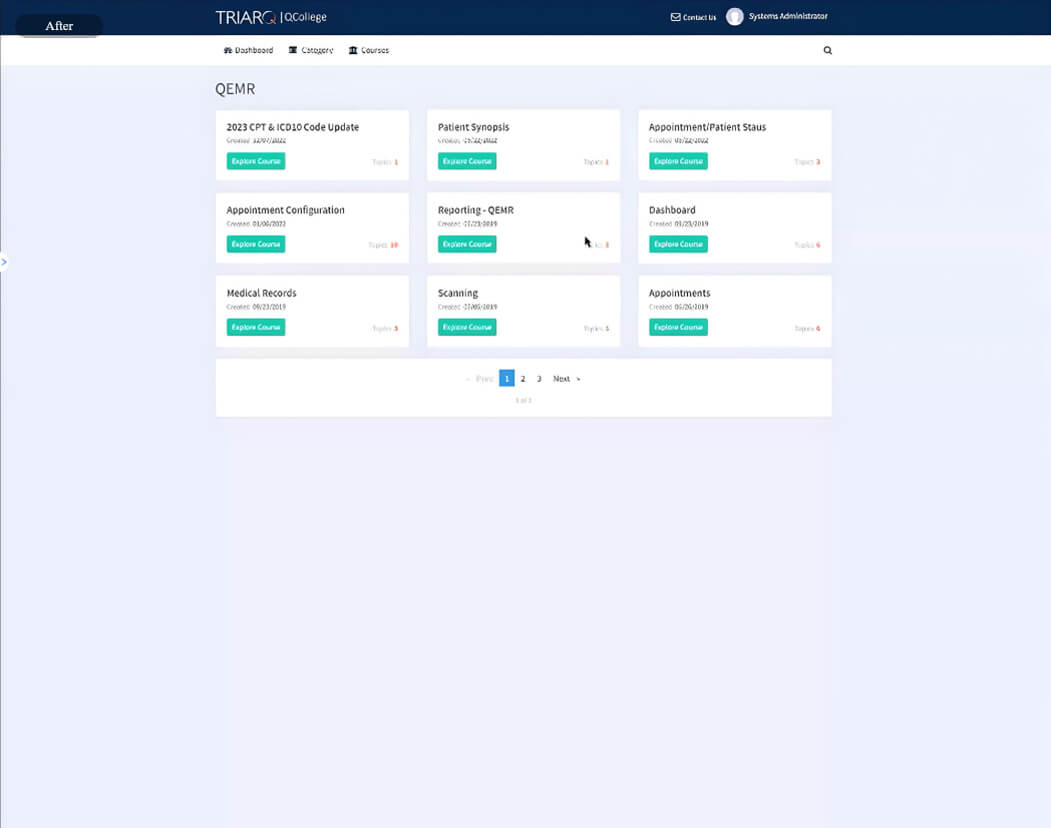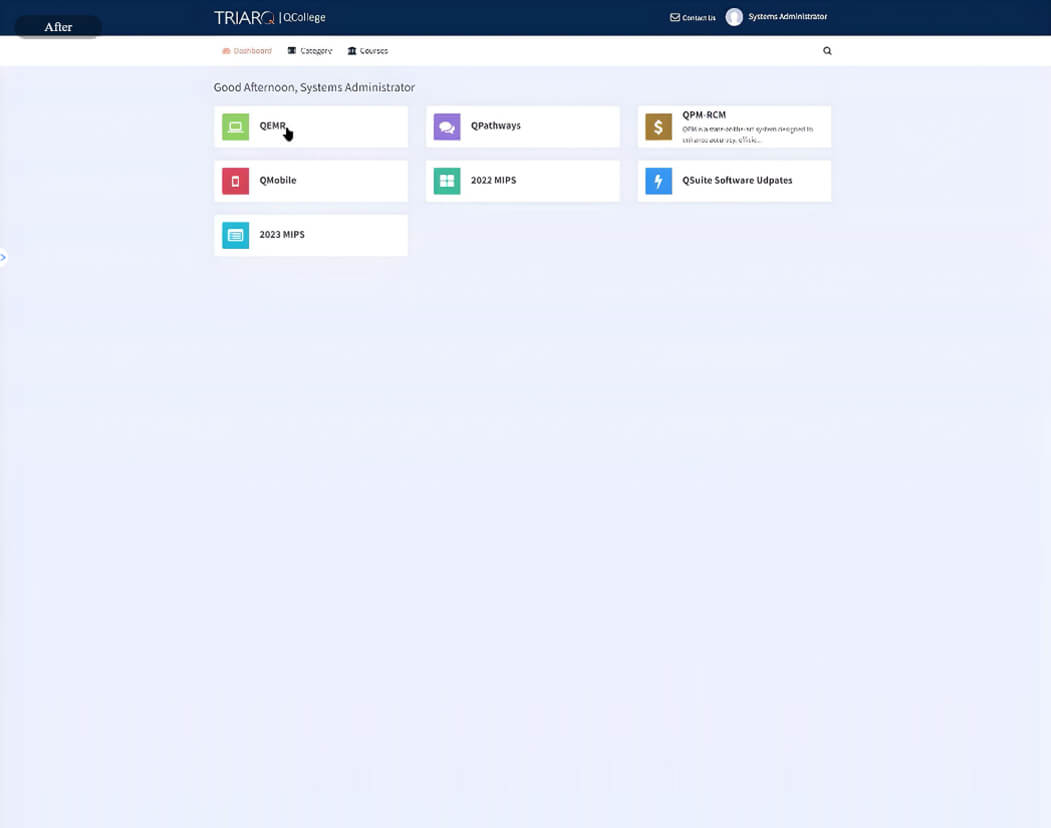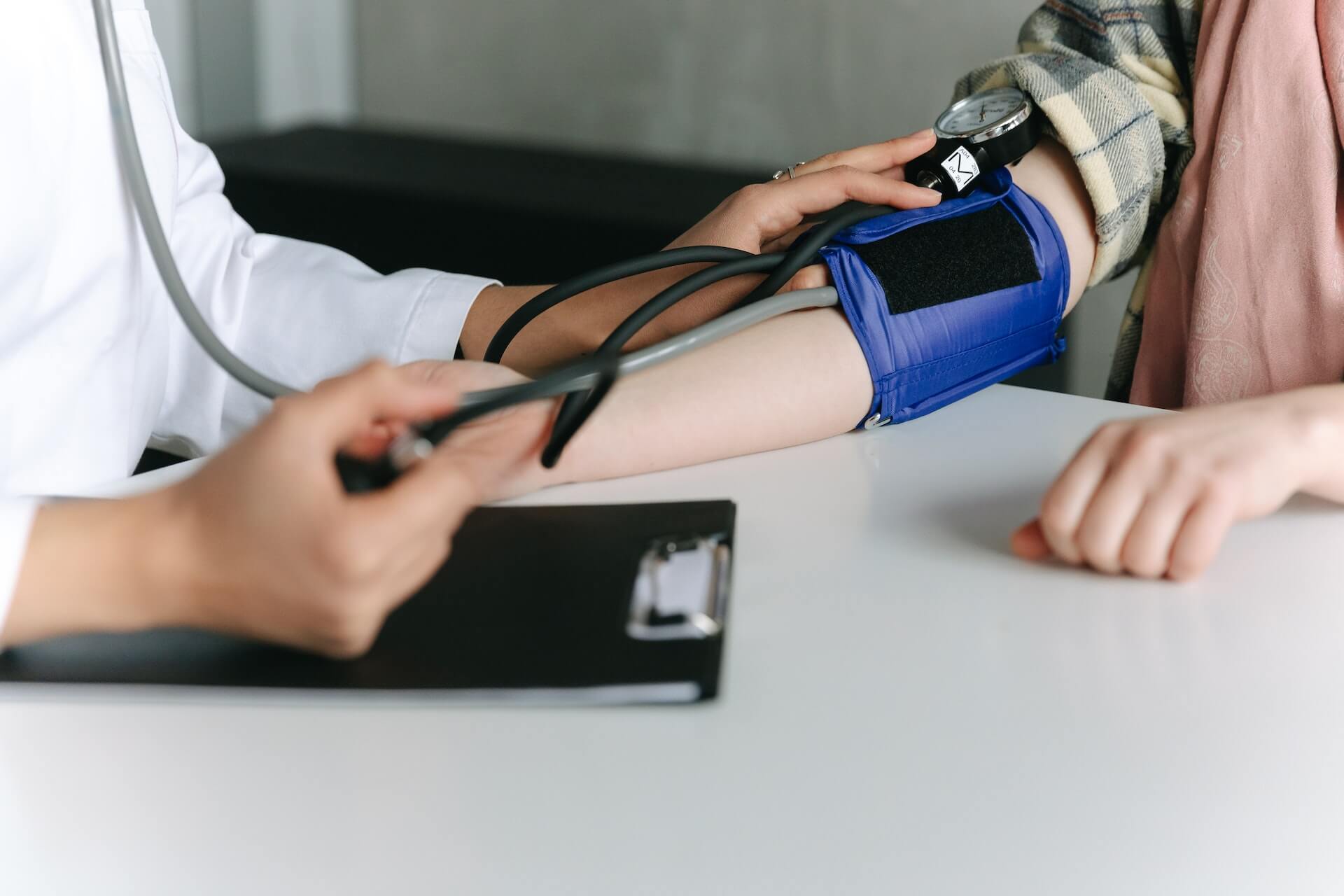Plan of care has been established, the transmission and note are scanned into the EMR. A physician or physician assistant will contact the patient by phone to review the information and plan of care. We are a team of secretaries, technicians, nurses, physician assistants, and physicians all working together to optimize patient care for our remote monitoring program.
We also use remote monitoring in the hospital setting. Instead of waiting for a device representative or physician to check a patient’s device, the nurse is able to send a remote transmission, which we can instantly access for evaluation. Remote transmission for all post-op device patients are done by the night shift nurse, and the report is available in the chart by 7am. The ER also performs remote transmissions for all their device checks. We are able to immediately access and review these transmissions, allowing for timely and efficient patient care.
Describe remote monitoring for heart failure.
Implantable defibrillators can monitor intrathoracic impedance. The lungs are located between the RV lead and defibrillator, and by measuring the resistance between them, the defibrillator can assess pulmonary fluid status. Conduction is faster through water; therefore, lower intrathoracic impedance (lower resistance) suggests pulmonary fluid accumulation. Low intrathoracic impedance values precede clinical signs and symptoms of congestive heart failure.4-5 Studies show that patients with low intrathoracic impedance measurements are at increased near-term risk of CHF hospitalization.4-6 By remotely monitoring changes in intrathoracic impedance, we can potentially prevent heart failure exacerbations and hospitalizations.
Have studies demonstrated a clinical benefit for heart failure monitoring?
Studies have consistently demonstrated the predictive nature of low intrathoracic impedance and the increased risk of CHF exacerbation and hospitalization.6-7 However, the utilization of this data to improve clinical outcomes is not well established.8 The DOT-HF study evaluated whether intrathoracic impedance values could be utilized to decrease hospitalizations.9 Patients received an audible alert to a decrease in intrathoracic impedance. Results showed an increase in hospitalizations in the treatment group compared with the control group. However, the presence of an audible alert and the lack of remote monitoring may have impacted these results.







